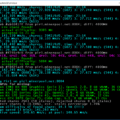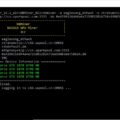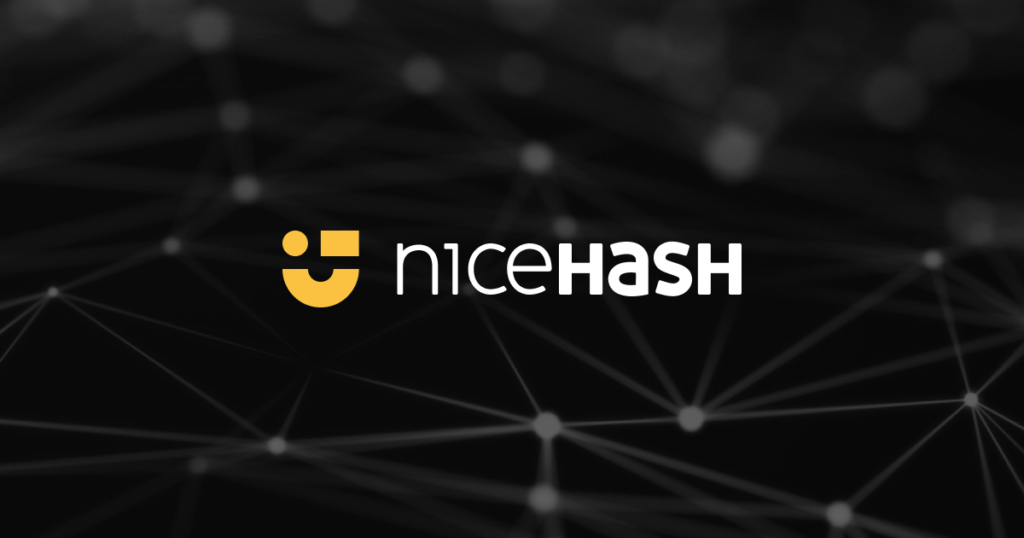
The Rigel Nvidia GPU Miner is designed for Nvidia GPU miners, although it competes with popular existing miners. It is quickly becoming a powerful and efficient option for NVIDIA card owners. It may not support a few algorithms, but it can quickly add support for those that draw significant user attention. In addition, its performance is very impressive. The miner also offers a user-friendly text-based user interface, which makes it very user-friendly and provides all the necessary features, such as a comprehensive GPU overclocking kit.
The Rigel miner also supports dual mining with Zilliqa (ZIL) as a means to further increase mining profitability, since this dual mining mode supports not only ethash and ethash, but also any combination of one or even dual algorithm + ZIL. Triple mining is supported for ethash + khaavyhash + zil and etchash + khaavyhash + zil, but this mode is not really that interesting compared to any double mining algorithm with ZIL. ZIL mining is unique in that it requires a very short period of time every two hours. This means that you can maintain a full hashing rate for mining the rest of the time, as well as make extra profit from ZIL mining. So don’t miss out on this incredible opportunity!
ZIL mining has been broken in the last few versions, although the latest Rigel 1.3.4 update brought it back up to speed, so we’ll do a quick overview of how you can mine Kaspa (KAS) with Zilliqa (ZIL) to maximize profits and get more than you would with single KAS mining. So, Kaspa (KAS) and its kheavyhash algorithm are GPU-demanding, so you can optimize the performance by significantly reducing the power consumption compared to the normal settings of your video card. Zilliqa (ZIL), on the other hand, is a memory-intensive algorithm that, like Ethereum or any other Ethash-based cryptocurrency like ETC that can still be mined, does not require much GPU power, but can benefit from maximum video memory usage.
So how to combine these two seemingly opposite algorithms for dual-mining and get optimal performance when mining both? That’s exactly what we will look at in this case of dual KAS + ZIL mining on Nvidia GeForce RTX 3070 GPU, then we will explain what and why it is used that way (the example is for windows, but the same settings should work on Linux as well). Make sure you set YOUR_KASPA_WALLET, YOUR_ZIL_WALLET and YOUR_WORKER_ID in the example to start mining properly and get your mined coins credited. We use WoolyPooly as pool for KAS mining and ShardPool for ZIL mining, though others should work too (make sure you have the right settings for them):
rigel.exe -a kheavyhash+zil ^
-o [1]stratum+tcp://pool.woolypooly.com:3112 -u [1]YOUR_KASPA_WALLET ^
-o [2]zmp+tcp://eu1-zil.shardpool.io:3333 -u [2]YOUR_ZIL_WALLET ^
-w YOUR_WORKER_ID --log-file logs/miner.log ^
--cclock 300 ^
--lock-cclock [1]1710 --lock-mclock [1]807 ^
--lock-cclock [2]1200 --mclock [2]1000
Now, the cclock 300 option above sets the GPU clock offset to make the graphics card’s GPU run at a lower voltage (it’s set for all mined coins), note that settings of 250-300 usually work well on most RTX 3070 GPUs, so test on your mining hardware and find what works for you. Since the first coin we mine is KAS, and we marked it [1] above, the options lock-cclock [1]1710 and lock-mclock [1]807 refer to the graphics card settings for Kaspa mining, setting the clock speed of the GPU locked to 1710 MHz, and the memory clock to the minimum supported 807 MHz to reduce memory power consumption, which we do not really need for the kheavyhash algorithm. The other line lock-cclock [2]1200 and mclock [2]1000 refers to the GPU settings for the second mined coin, in this case Zilliqa, where we don’t need a higher frequency GPU, but we could use +1000 VRAM overclock MHz over stock settings to bring the hashrate up to around 60 MH/s for an RTX 3070 GPU.
You will notice that when mining KAS with the settings used in the example above on RTX 3070 GPUs, you will get around 90-95W of GPU power draw, and when the ZIL switch occurs, the various settings that will be applied will increase the power draw to around 115 -120 W (these may differ depending on the GPU model). Thus, there will be a slight increase in power consumption for a couple of minutes in total every day, and therefore the difference in total power consumption will be negligible. When mining ZIL, you won’t be mining KAS, but again, the switch is for a short period of time, and the earnings from the mined ZIL should make up for the time you won’t be mining KAS.
But why not leave the GPU settings for KAS mining and for ZIL mining, you ask? Well, the answer is quite simple – ZIL mining performance will be very low because of the low memory settings we use to save power when mining KAS. While KASpa can be mined without performance loss at 807 MHz video memory, that operating frequency will only provide about 5 MHz/s of hash rate on the RTX 3070 GPU compared to 60 MHz when overclocking the memory at 1000 additional MHz compared to the standard frequency on the same GPU. So while you’ll save some power, the hash rate will be so low that you won’t be able to send even one share in the ZIL mining time, which means you’ll just be wasting time, as opposed to what the GPU can do at 60 MHz/s. For comparison, in one ZIL mining period (every two hours) a miner with a 6x RTX 3070 GPU should be able to mine 1-2 ZIL (depending on the number of shares you get).

Read more articles about cryptocurrencies and mining at COOL-MINING.ORG.
Do you like to read similar articles about cryptocurrencies and mining, do you want to support me as an author or ask questions? Be the first to know the news, subscribe to my telegram channel























